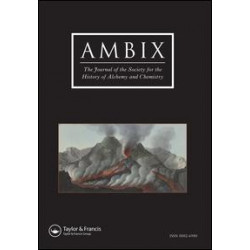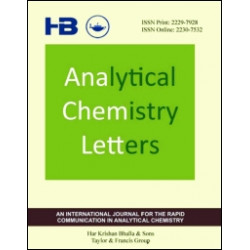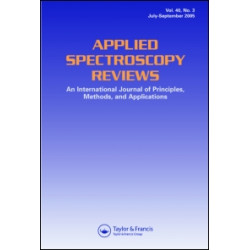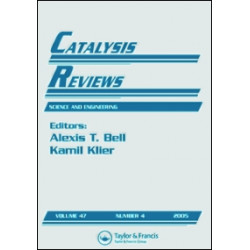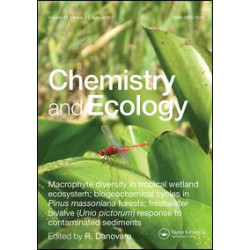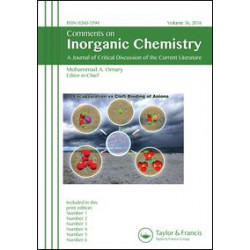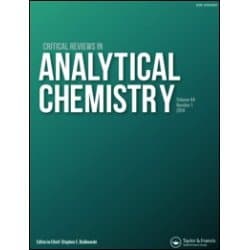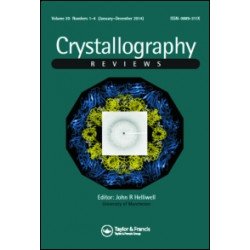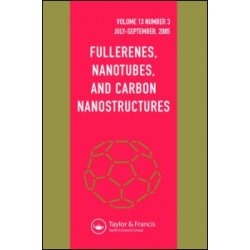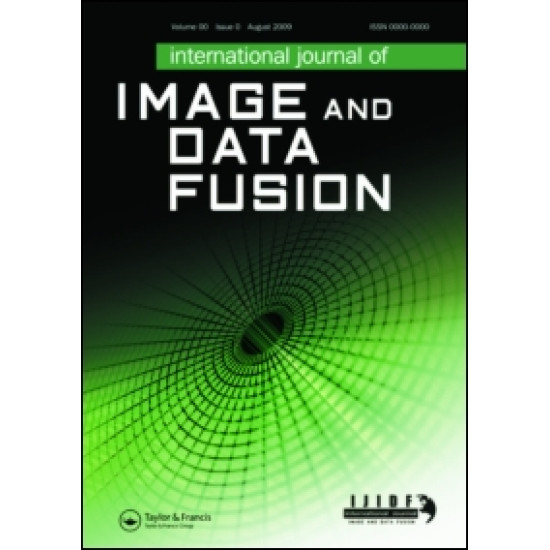
Free online access: Inaugural issue
Image and data fusion aims at the integration of multi-sensor, multi-temporal, multi-resolution and multi-platform image data, together with geospatial data, GIS, in-situ, and other statistical data sets for improved information extraction, as well as to increase the reliability of the information. This leads to more accurate information that provides for robust operational performance, i.e. increased confidence, reduced ambiguity and improved classification enabling evidence based management.
This journal focuses on the theory, methodology and applications of image and data fusion from SAR (Synthetic Aperture Radar) data, LiDAR data and all types of optical images. It also encourages submission on a broad range of topics such as concept studies, new fusion techniques at different processing level, image and data fusion architectures, algorithms, and novel applications. Papers addressing fusion needs for data from new or planned platforms and sensors are specifically invited.
The journal welcomes original research papers, review papers, shorter letters, technical articles, book reviews and conference reports in all areas of image and data fusion including, but not limited to, the following aspects and topics:
• Automatic registration/geometric aspects of fusing images with different spatial, spectral, temporal resolutions; phase information; or acquired in different modes
• Pixel, feature and decision level fusion algorithms and methodologies
• Data Assimilation: fusing data with models
• Multi-source classification and information extraction
• Integration of satellite, airborne and terrestrial sensor systems
• Fusing temporal data sets for change detection studies (e.g. for Land Cover/Land Use Change studies)
• Image and data mining from multi-platform, multi-source, multi-scale, multi-temporal data sets (e.g. geometric information, topological information, statistical information, etc.)
• New digital technologies related to image and data fusion, including, but not limited to data simulation, immersive technologies such as virtual reality, augmented reality, 3D object modeling, smart city, etc.
• Data fusion applications in geographic-related fields such as topographic mapping, GIS, and natural hazard monitoring, etc.








